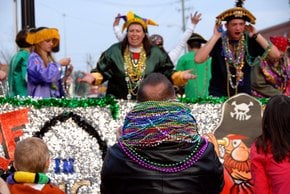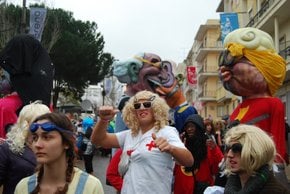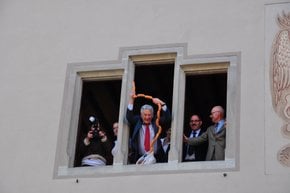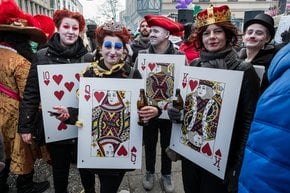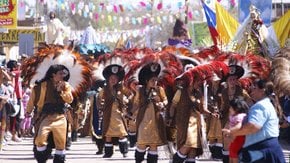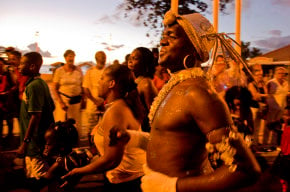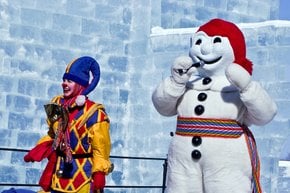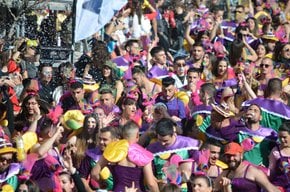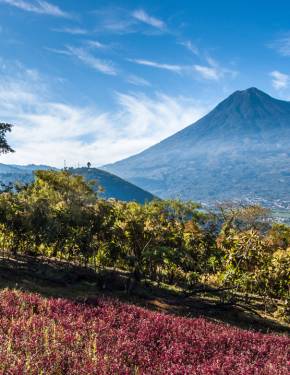El Güegüense 2026 in Nicaragua
The unique performance held during the feast of San Sebastián in Diriamba
Dates: January 17–January 27
El Güegüense, also known as Macho Ratón, is a folkloric drama that combines theater, music, and dance. Listed by UNESCO, El Güegüense is an essential part of Nicaraguan culture, blending pre-Colombian and post-Colombian traditions. The performance can be witnessed annually in Diriamba during the feast of San Sebastián from January 17 to the 27th. The 10-day celebration is a vibrant Latin-American carnival, which takes place at Central Square and La Casa De Cultura.
Play
"El Güegüense" is a captivating play that combines elements of comedy, ballet, music, and dance with striking theatrical costumes. The play’s name comes from its main character, El Güegüense, derived from the Nahuatl word for "old man" or "wise man." It features 14 characters, including mestizos, Spanish authorities, women, and beasts of burden, each adorned in distinctive costumes—Spanish characters wear colonial attire with masks. In contrast, mestizos sport simpler clothing and rattle accessories. The plot follows the clever Güegüense, a merchant navigating colonial territories with his sons, as they outwit the Spanish officials, highlighting the rich cultural heritage of the play.
San Sebastián Feast in Diriamba
Diriamba carnival is the best occasion to see the traditional El Güegüense drama and other activities, such as the coronation of the Queen of San Sebastian, who is elected out of eight candidates. The carnival features parades, live music, professional folk dance groups, marimba music, and fireworks. The highlights also include the religious procession to the Hill of the Saints.
History
"El Güegüense o Macho Ratón" is a historical play from 17th-century Nicaragua, considered the first literary work of the country, rooted in Nahuatl culture. It originated as a comedy in a colonial town under Spanish rule, where it cleverly mocked Spanish authorities and expressed resistance through humor. Over time, the play became a symbol of national identity and defiance, blending indigenous and mestizo cultures. Its cultural significance led to its recognition by UNESCO as an "Oral and Intangible Heritage of Humanity." The play continues to hold a special place in Nicaraguan culture and is celebrated as an expression of local pride and resistance.




